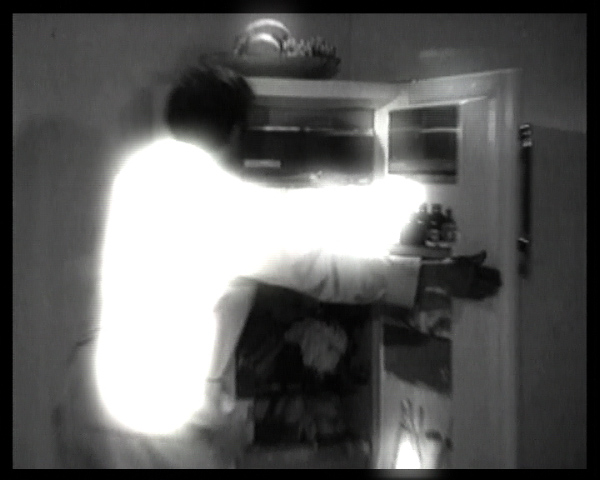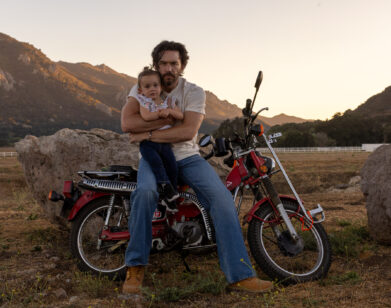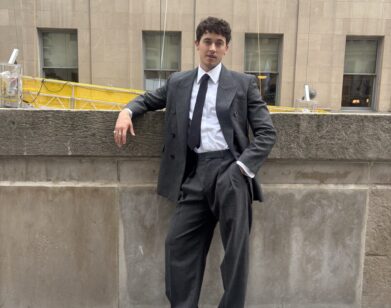Malcolm McLaren Recycles Paris

STILL FROM PARIS, CAPTIAL OF THE XXIST CENTURY; COURTESY MALCOLM MCLAREN
Despite its title, Malcolm McLaren’s latest film is a product of creative recycling. Paris: Capital of the XXIst Century is an hour-long assemblage of texts from previous centuries, with old TV and film advertisements serving as the film’s primary layer–the bricks, so to speak, for McLaren’s audiovisual act of bricolage.
McLaren happened upon them while working on his 1994 album Paris; while lingering in a brasserie, he met a retired film editor who’d spent years collecting esoteric material. He followed the editor back to his Pigalle apartment and started culling through the man’s piles of old film canisters. He became “smitten,” as McLaren recounted Monday night at the film’s U.S. premiere at the Swiss Institute in SoHo, with these artful (and occasionally very amusing) “trimmings of mass culture.”
Two decades later, McLaren decided to make a film out of them, but struggled with, “How to put myself in this work, how to protect its integrity.” He didn’t shy away from editing-room manipulation, but neither did he shred the original ads beyond recognition. (The product placements, for example, are still intact.) What’s not evident from the film’s chapter titles is the fact that many of these ads are the work of noted auteurs: a grotesque promotion for low-fat cheese is actually a critique of commercialism by Jacques Tati; “Le Charleston” excavates a short film dramatizing Jean Renoir’s hilarious (and ironic?) vision of the future; and a 1897 ad featuring a naked woman climbing out of a pasta box was dreamed up by the Lumieres, the brothers often credited with inventing cinema.
McLaren is most obviously present on the audio track, which draws heavily from his Paris album–jazz wanderings, wisps of Erik Satie–and elsewhere with his own readings of texts by Situationist critics and the likes of Baudelaire and Walter Benjamin. An obscenity-laced passage by Henry Miller grafted onto a cheery Kodak commercial is one of the myriad ways in which the high and low, tacky and seductive, banal and wonderful collide in McLaren’s film, as in the city it’s about.
“I got very, very worried that I was making something old-fashioned,” McLaren says. None of the ads in the film were made after 1980, but maybe there’s something innovative about that. “There’s a certain tyranny of the new that’s so boring now,” he says. “I’m happy with the rags, with the plaster falling off the walls. I’m happy living in the ruin.”






